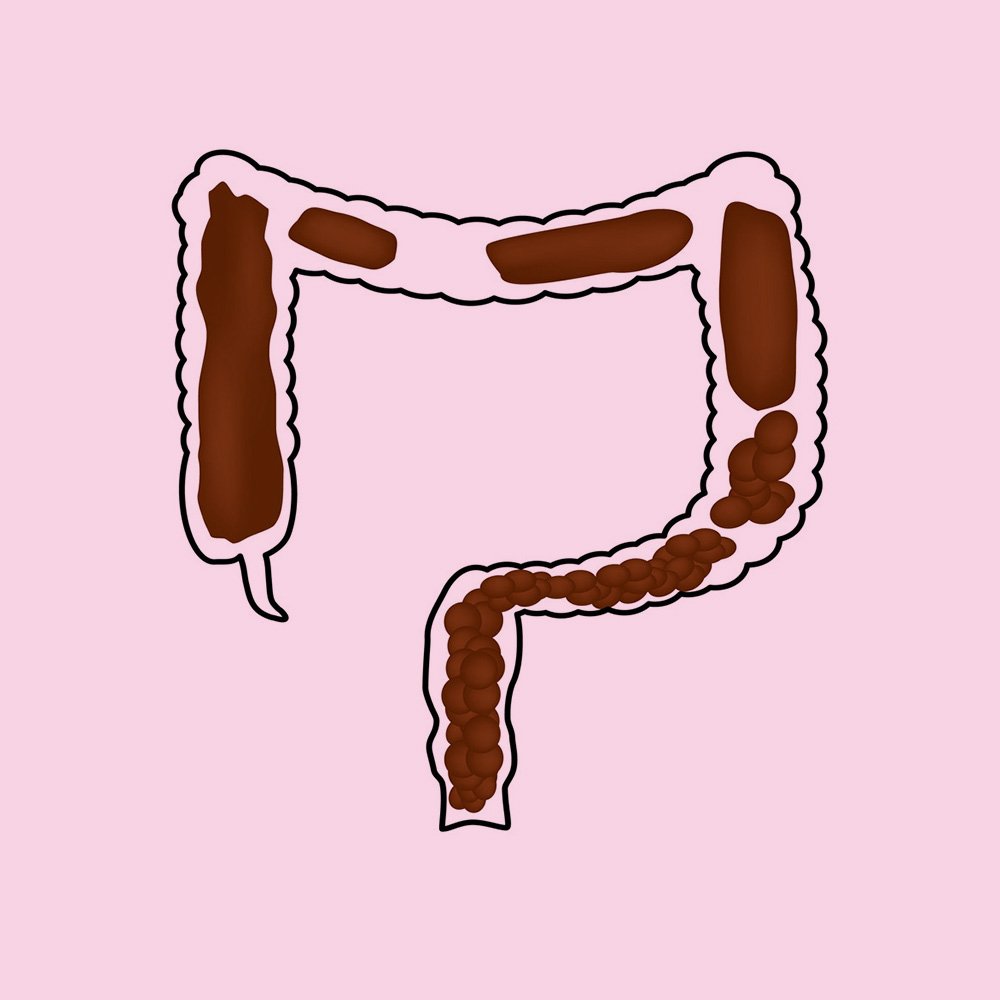fecal incontinence
Fecal incontinence; involuntary incontinence of stool. In fecal incontinence; patients doesn’t feel their feces or they feel but can not control.
There are many reasons for fecal incontinence, the most common reason being constipation. Stool accumulating in the rectum (the last part of the colon) becomes hard, and the newly arrived, more liquid stool leaks through this hardened stool. This type of fecal incontinence is usually in the form of contamination of underwear (soiling), patients think that feces are contaminated because they are not cleaned well after the toilet, but unfortunately this is not the case.

Also, when the rectum is full and the pelvic floor muscles are weakened, the muscles cannot bear the weight of the stool and incontinence occurs.
Fecal incontinence due to impaired anorectal sensation (sensation of the rectum and anus) is slightly different. Normally there is a very good sense in the rectum. Thanks to this sense, we can distinguish between gas and feces and remove them voluntarily. When this sensation is impaired, they do not notice the stool while they are expelling gas and they miss it involuntarily. When this sensation decreases, they do not realize that the stool is coming into the rectum, and they cannot hold it.
gas leak
Flatal incontinence (gas leak) is defined as the involuntary escape of gas. Fecal incontinence is a symptom with a gastrointestinal disorder.
The parameters of treatment of fecal incontinence; strengthening the pelvic floor muscles, increasing the sense of the rectal zone, emptying the intestines, improving the density of the stool and the stool passage.
Purpose of treatment; it is the removal of both fecal and flatal incontinence by changing the quality of the stool. Treatment consists of pharmacological (drug) treatment, patient education and physiotherapy.
Content of physiotherapy to be applied; pelvic floor training, electrical stimulation and biofeedback / rectal balloon training.








